Explosion of Colors and Form with Giulio Turcato @ NYU
Giulio Turcato's drawings were never a focus of his three past solo shows in the United States in the 1970s and 1980s, therefore this exhibition at Casa Italiana Zerilli-Marimò is the first to bring together a wide selection, about 40, of the artist's works on paper to the United States. “It is not, however, the first time that Turcato set foot in the country,” his granddaughter, Martina Caruso, has said.
Indeed back in 1962, the artist from Mantua visited, for a two week period of time, New York City and, as any other tourist, saw the city and some friends, including Salvatore Scarpitta, a local artist born to a Sicilian father and Polish-Russian mother best known for his sculptural studies of motion, who was part of the artistic and intellectual circles they both hung out at in Rome.
To know more about Turcato let's go back in time, to January 24, 1995 and the obituary written by The New York Times.
“Giulio Turcato, a painter and sculptor who was a prominent member of Italy's postwar avant-garde, died on Sunday at his home in Rome. He was 82. Mr. Turcato, who was born in Mantua in 1912, studied and then taught art in Venice. In 1943, he settled in Rome, where he took part in the anti-Fascist underground. After the war, he was part of a group of artists who in 1948 signed a manifesto proclaiming themselves "formalists and Marxists," clashing with Italian Communist Party officials who contended art should be realistic. Blending aspects of Picasso and Futurism, he developed a nongeometric style of abstraction for which he claimed political subject matter primarily through titles like "Revolts," "Political Gatherings," "Factories" and "Mines." In the 1950's, Mr. Turcato was attracted to a more gestural, atmospheric form of abstractions and was allied with a group of painters that included Afro, Emilio Vedova and Giuseppe Santomasso. In the 1960's, he grew more experimental with form and technique, including painting on foam rubber. Mr. Turcato won the National Prize at the 1958 Venice Biennale, and was the subject of a retrospective at the Galleria Nazionale d'Arte Moderna in Rome in 1987. Last fall, his work was included in "The Italian Metamorphosis: 1943-1968," which closed on Sunday at the Solomon R. Guggenheim Museum in Manhattan.” In fact the Guggenheim show closed only a few days before his death.
“New York was, like his trip to China in 1956, a life changing experience,” Martina Caruso stated in “Giulio Turcato, a gentle anarchist,”which would have a strong impact on Turcato's vision and further experiments with different materials. For instance with Ricordo di New Work (Remembering New York) from 1963 the artist explores the use of carbon copy paper in a new dimension.” When you look closely at the piece of art you would indeed realize that the carbon copy paper is used to signify the elements of light and darkness of this city. Among the other drawings directly inspired by the city we find New York, from 1964, tempera and ballpoint pen on colored paper, which captures the exterior of a few buildings and looks like a predecessor of the Big Apple's skyline postcards tourists have been sending home for decades.
During the post-war period, in the 1940s and 1950s, the artist appears to have preferred working on canvas rather than paper. Only six out of the 43 drawings exhibited at Casa Italiana are dated pre-1960 and two of these are sketches for larger painted works: Giardino di Miciurin (Garden of Michurin) and the blue, white and black Composizione (Composition) from 1954 – 55.
There are a few pieces featuring money (FLASH ART, 1975, is a collage on cardboard that features a $100 bill) and money is something that was on the artist's mind, as it seemed that everything always went back to the material, to cash... The show is an explosion of colors and forms and a testimony of his expressions and thoughts and a welcome back to the artist's beloved city.






























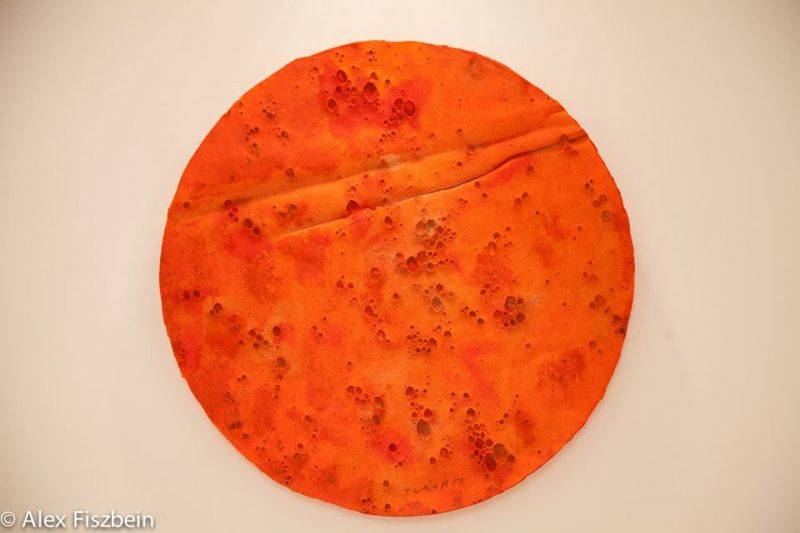
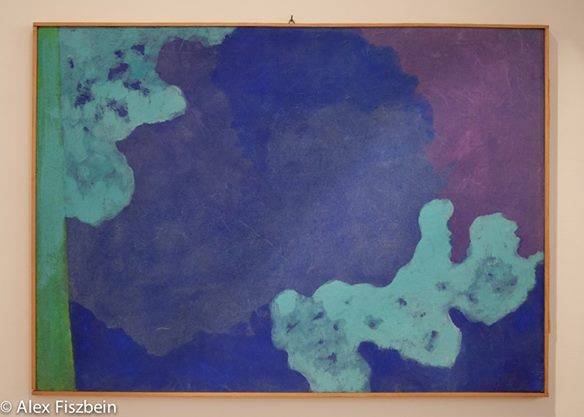
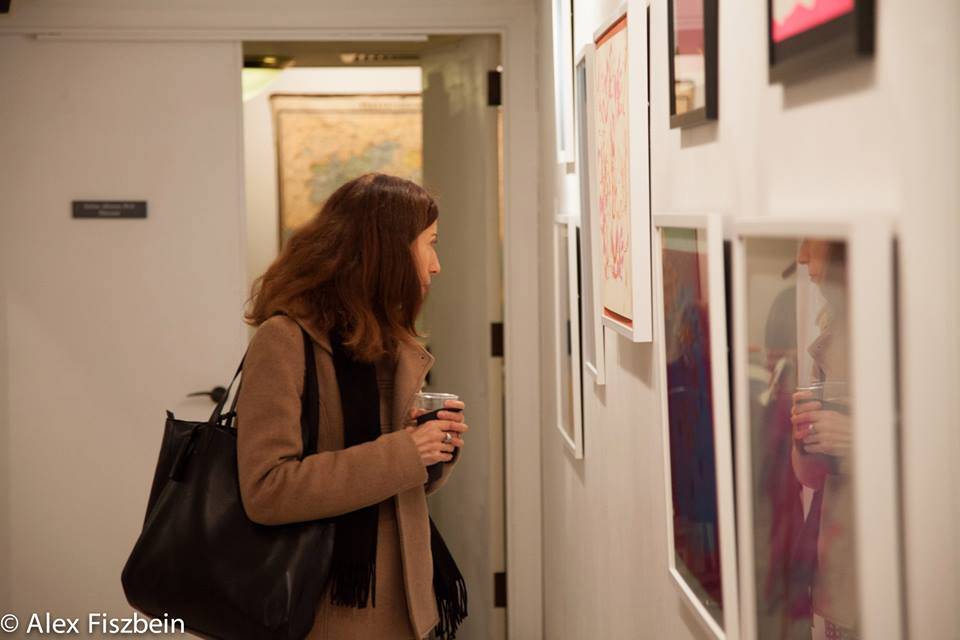
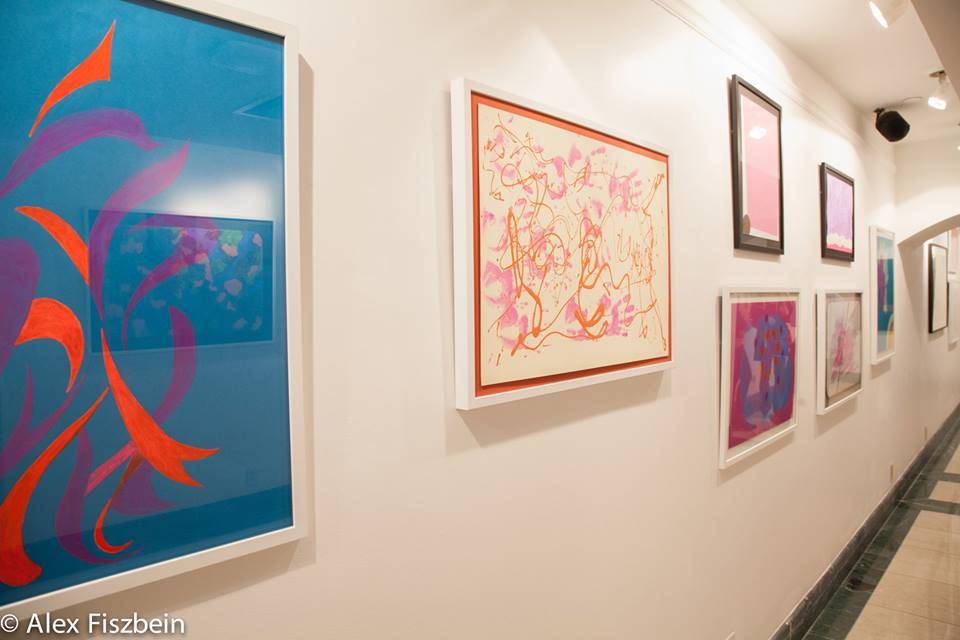
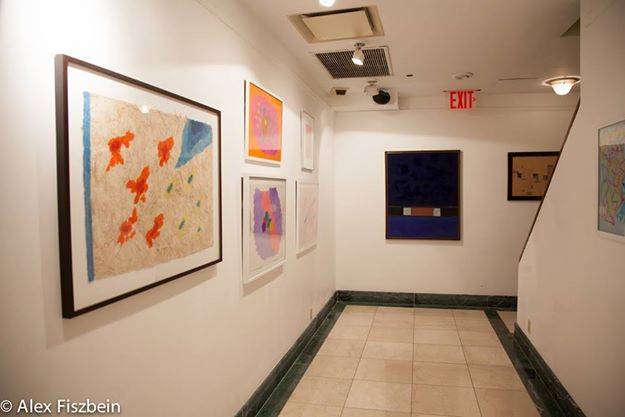
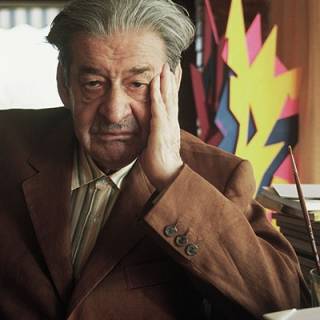



i-Italy
Facebook
Google+
This work may not be reproduced, in whole or in part, without prior written permission.
Questo lavoro non può essere riprodotto, in tutto o in parte, senza permesso scritto.